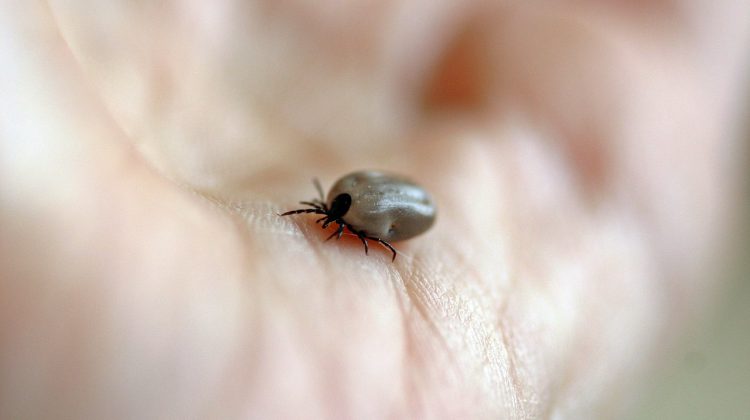As the weather warms up and people enjoy the outdoors the provincial government reminds people to watch out for ticks.
Ontario encouraged residents to avoid deer ticks. Also known as the blacklegged tick, the type can carry Lyme disease. If the disease isn’t tended to it can lead to chronic arthritis, neurological problems, numbness or paralysis.
“Now that warmer weather is finally here, more Ontarians will be enjoying time outside,” Christine Elliott, Deputy Premier and Minister of Health and Long-Term Care said. “But warmer weather also means ticks are out and active. We want to make sure the people of Ontario understand how to protect themselves and their loved ones from Lyme disease and other tick-borne illnesses so they can enjoy the outdoors safely.”
The province suggested applying bug spray containing DEET on skin and clothing, wearing closed-toe shoes, long-sleeved shirts and pants. It added people should pull their socks over their pant legs if possible and stay on marked trails when walking in the wilderness.
Anyone trying to keep the arachnids off their properties should cut their grass short and trim bushes and branches.
People should also check their entire body for ticks after being outside and have a shower as soon as they get indoors. Clothing should be put in the dryer for 10 minutes to kill any ticks that may have attached themselves.
Ticks should be removed as soon as possible if found on a person and the directions of tick removal products should be followed. Anyone using tweezers should grasp the head of the tick as close to the skin as possible and pull it slowly out. The bite area should then be washed with soap and water or an alcohol-based sanitizer.
If the person bit confirmed it was a deer tick they should see a health care provider right away, especially if they experience any symptoms of Lyme disease. Signals include skin rash, fever, headache and muscle or joint pain. Lyme can be treated with antibiotics if diagnosed early.
People can identify ticks online through the eTick website and submit a photo of the tick. Someone will respond within 48 hours to identify it but won’t give medical advice, just whether to see a doctor.
Ontario’s website has more tick and Lyme prevention tips.





